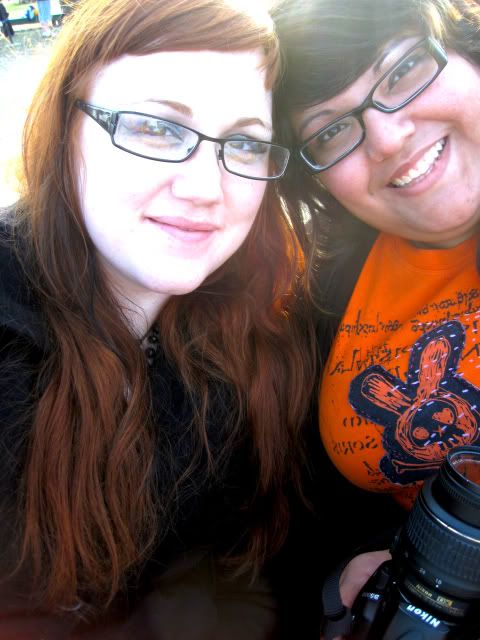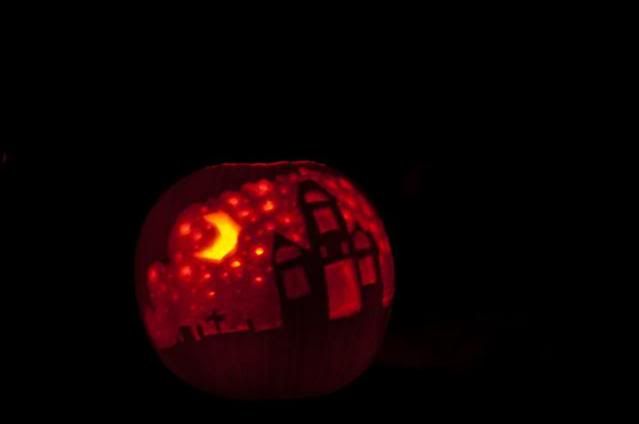Lolita is, obviously, a very historically inspired fashion whether it's 19th century Victorian, 18th century Rococo, or even the 1950's. That is not to say that it is usually an
accurate portrayal of historical costume, but the key elements are still there. Something one should also keep in mind about fashion is what we remember as the pinnacle of the era comes from the height of it- usually at the end. So, the average idea of fashion from a particular era might be what was actually only worn for a relatively short time (ex: bustles were not worn the entire Victorian era).
Despite this involvement in history, I've found a lot of lolitas don't actually know one time period from another, or suffer from common misconceptions about them. Or, like I used to be, know an era generally but have no idea where exactly to place it in a historical time-line. If that's the case, or you simply need a little refresher, here's my basic introduction to woman's western fashion from the 1700s-1900s.
I would like to add that I went with fashion eras for dates, rather than political dates of the eras. I am by no means a historian, so I apologize for any errors.
476-1450 Medieval
1450-1600 Renaissance
1558-1603 Elizabethian
1603-1714 Baroque
1714-1795 Georgian
Also: Rococo, Colonial
This is the last era that "full dress" (the extremely elaborate, ornamental clothing worn at court) was in use. The Georgian Era, especially the Rococo movement in France, was known for it's extravagance, full skirts, and complicated layering (many dresses required being sewn into, for example). It reached it's peak in the late 1780's, with French Revolution, after which fashion became simpler and more naturalistic (as exemplified by the popular but simple chemise-style dress).
Key elements: a low neckline, a fitted at the natural waist, full ankle-length skirt, an open overskirt with exposed petticoat or underskirt, 3/4 fitted sleeves with a frill or lace ruffle at the elbow.
Movies: Interview with a Vampire (the first half), The Duchess, Marie Antoinette, Dangerous Liaisons, Amadeus, Sleepy Hollow, Casanova, The Bride.
1795-1820 Regency
Also: Directoire, Empire
This was a short, but dramatically different era- a far cry from the brocade and heavy ornamentation of Georgian fashion. Clothing in this period was generally made of light, natural fabrics in more subdued colors, for a neo-classical look. Simple, gauzy, muslin frocks without elaborate bustling or undergarments were common, even among the very rich (despite appearances, corsets were still worn during this time). Most people today are familiar with this period thanks to the works of Jane Austen.
Key elements: Low scoop neckline, empire waistline, floor length skirt, slim and narrow silhouette, bolero jackets, shawls, bonnets, gloves.
Movies: Vanity Fair, Emma, Pride and Prejudice, Becoming Jane, Wuthering Heights, Master and Commander: Far Side of the World, Count of Monte Cristo, Napoleon and Josephine.
1820-1870 Romantic/Early Victorian
Also: Antebellum, Wild West
Necklines rose quite high (with the exception of evening gowns), skirts flaired out again thanks to cage skirts and crinoline petticoats, waists tucked in, and sleeves inflated. The point of the full skirt, wide shoulders, and full sleeves was to make the waist appear as narrow as possible. Different fabric colors, patterns, and textures began to work their way into everyday dress as the industrial revolution made them more widely available.
Key elements: very full skirts, triangular bodices, covered necks and arms, capelets, pleating and pin-tucks, small fitted bonnets.
Movies: Little Women, Jane Eyre, Gone With the Wind, The Young Victoria, Cold Mountain, Great Expectations, Cranford.
1865-1895 Late Victorian
Also: Belle Epoque, Pre-Raphaelite
Finally, the voluminous skirt began to descend again and move towards the back. The bustle replaced excessive crinolines. Necklines remain high, but more shoulders and sleeves more fitted and sleek. New fabrics and dyes continued to make their way into the market, resulting in clothing that despite popular belief, was quite colorful. Military-inspired jackets and riding habits became popular. After Prince Albert's death in 1861, Queen Victoria took the fashion of mourning costume to new heights (see
my post here for more).
Key elements: bustle skirts, long and fitted bodices, high collars, leg o' mutton sleeves, bonnets, military jackets, cravats/jabots.
Movies: Bram Stoker's Dracula, Interview with a Vampire (the second half), Moulin Rouge, Anne of Green Gables, The Importance of Being Earnest, Dorian Gray, Age of Innocence.
More late Victorian, because I say so: <3








































